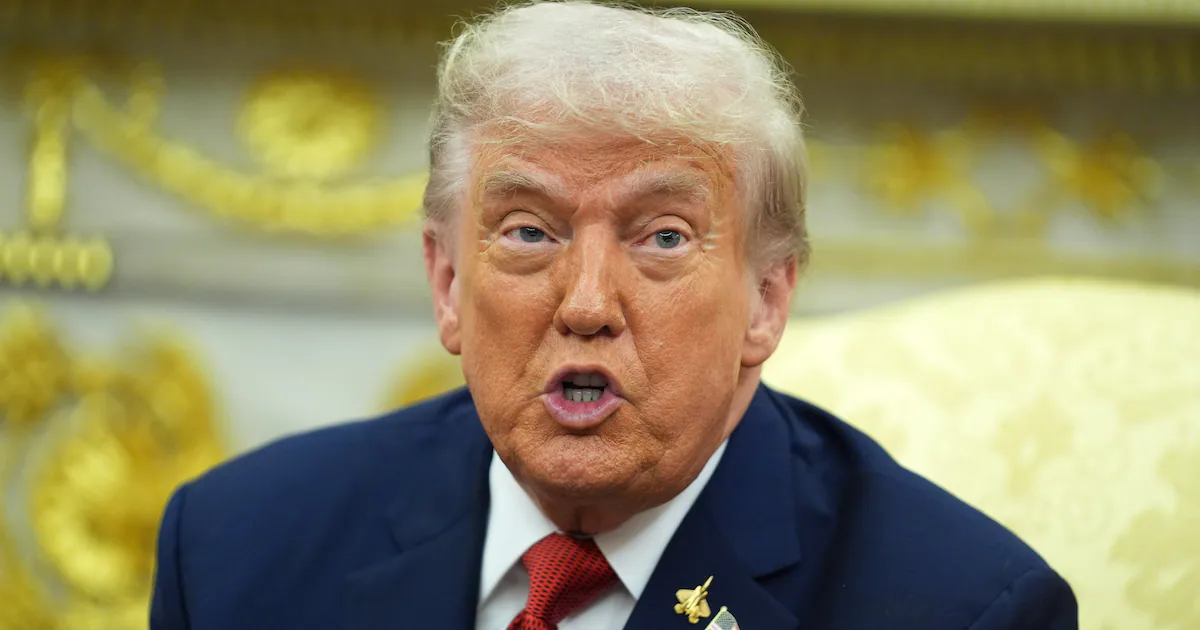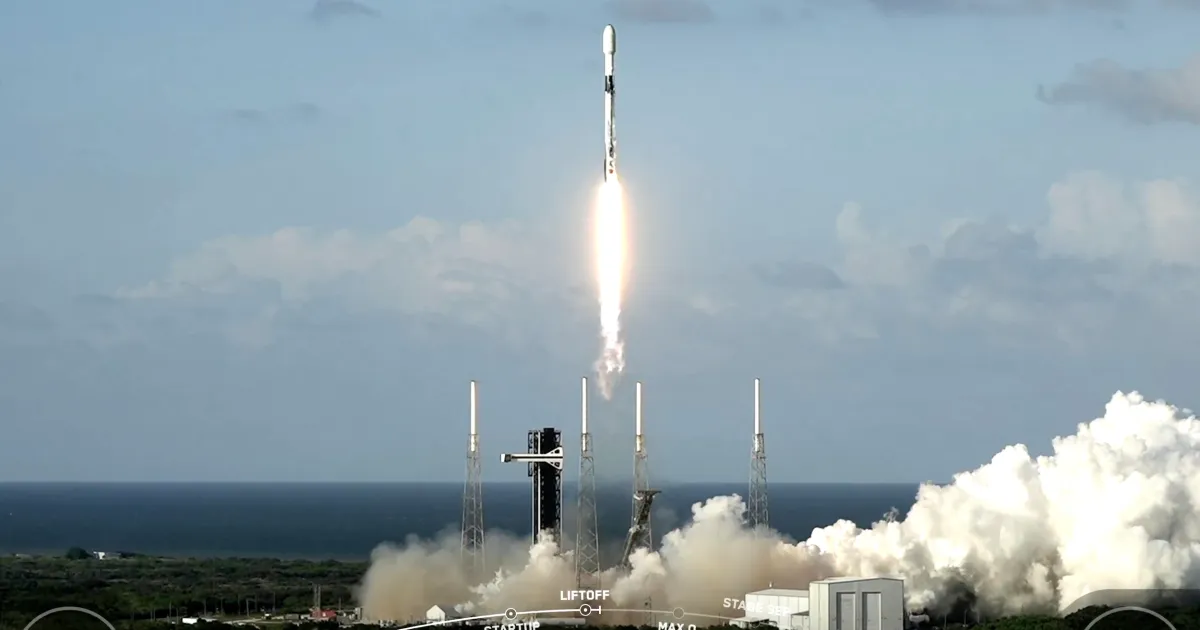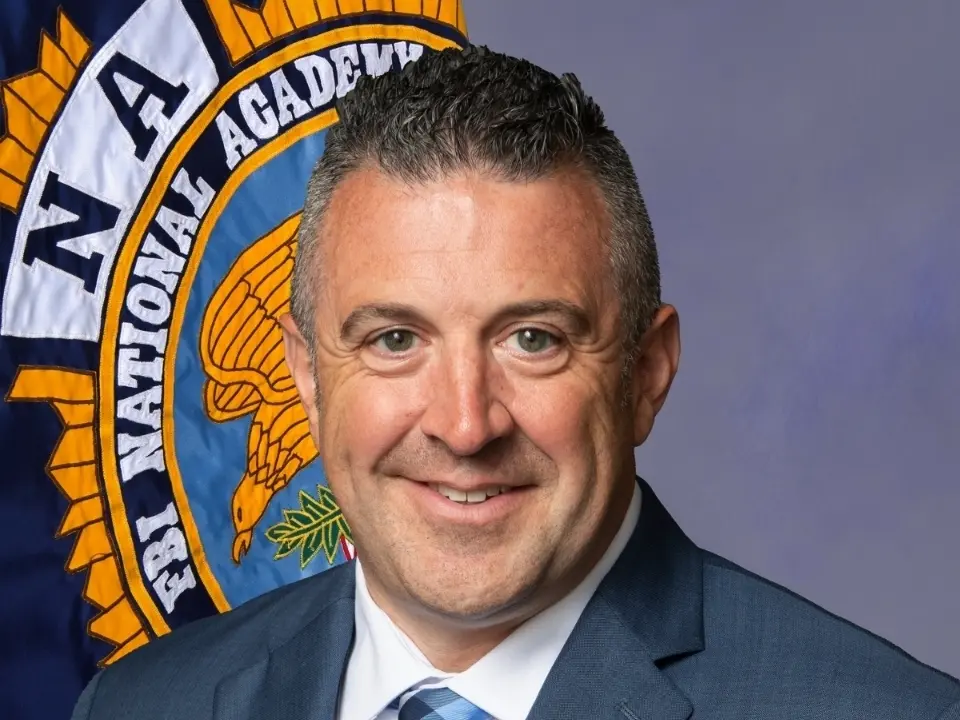
KYIV – President Donald Trump’s stunning claim this week that Ukraine could win back all its land with support from the European Union and NATO is far-fetched barring a dramatic shift in the alliance’s response to Russia’s invasion, according to military experts, officials and diplomats working in the region.
Still, future major Ukrainian gains cannot be entirely ruled out, many said, especially if the Russian war economy chokes and Ukraine significantly strengthens its military and weapons arsenal with support from its partners, including the United States – an outcome that appears unlikely as Trump punts support for Kyiv to Europe.
“President Trump stated that Ukraine, with the support of the European Union, could reclaim its entire territory,” Polish Prime Minister Donald Tusk posted on X on Thursday. “Behind this surprising optimism lies a promise of reduced U.S. involvement and a shift of responsibility for ending the war to Europe. Better truth than illusions.”
European leaders welcomed Trump’s latest pivot but remain skeptical that it will translate into pressure on Russia, or push some European nations already carrying much of the burden to go further. NATO allies, chief among them the U.S., have also long rebuffed Kyiv’s desire to join the alliance.
If Washington were to agree to support Ukraine at 100% of its capacity by sending advanced weaponry including cluster munitions and new weapons systems such as HIMARS and ATACMS, then Trump’s “statement is absolutely truthful, 100%,” said a senior official in Ukraine’s military command, who spoke on the condition of anonymity because he was not authorized to speak to the press.
Mass shipments of U.S. weaponry would “immediately boost morale” to improve recruitment and battlefield performance, and reverse ingrained problems such as shortages of ammunition and artillery rounds, paving the way for rapid Ukrainian advances, he said.
“The American partners know our priorities. The list is on the table. If they could provide us this list, these items we requested, I think the result will even be visible by the end of the year,” the official said.
Rep. Michael R. Turner (R-Ohio), who returned Wednesday from meeting Ukrainian defense and intelligence leaders in Kyiv, said Ukraine could win back territory. The key is to impose punishing economic sanctions and trade barriers, which Congress is considering, to strangle Russia’s industrial production fueling its war effort.
“We have to turn the spigot off of the Russian economy,” he said, adding that Ukraine will also need U.S.-built long-range missiles to push Russian forces back and “a full commitment to continuing U.S. military aid and assistance.”
That commitment, however, has not been there since the start of the war, said retired Lt. Gen. Ben Hodges, a former commander of U.S. Army Europe. Despite backing Ukraine, NATO has always hesitated – through both weapons and sanctions – to go all the way in backing Kyiv’s ambitions of regaining all its territory including Crimea, and inflicting a decisive Russian defeat.
“If your starting point is, well, Ukraine’s going to have to give up land, you know, you’re not going to enact policies that will get it all back,” he said.
NATO officials and diplomats have in recent months given a bleak assessment of Kyiv’s ability to retake sizable amounts of territory. While Ukraine’s massive drone industry and the recent arrangement for Kyiv to get U.S. weapons funded by the Europeans have bought its forces more time than expected on the front, a major offensive would be fraught.
Without a big shift in diplomacy or weaponry, most officials instead predict the grinding war will continue.
The sheer proliferation of drones, and recent advances in their technology, means it will be difficult if not impossible for either side to make sudden advances – especially as winter approaches and tree cover disappears. In the meantime, Russia continues to make small local gains in several regions, even as Kyiv claws some land back in the east. The gradual movements are negligible compared with Russia’s initial advance in 2022, but still demonstrate an advantage.
“It may be slow,” said a NATO official, speaking on the condition of anonymity to share sensitive security assessments, like others in this article. But “if you look at the amount of force Russia brings to this fight, the air and drone attacks, the momentum is on Russia’s side.”
Even so, Ukraine’s allies don’t expect a major collapse of its defense lines, the official said, and “the level of aid can certainly change the dynamics.”
The Kremlin – facing fierce Ukrainian resistance – is struggling to achieve even President Vladimir Putin’s revised objectives, such as seizing the entirety of four regions he already claims to have annexed. NATO estimates Russia would be unable to control all four even in the next three years at its current pace.
Offensive operations typically expend significantly more troops and result in large-scale casualties – a challenge Ukraine could also face if its forces try to go on the offensive and recapture territory.
“The weapons technology very much favors the defender with all the drones,” said Anders Puck Nielsen, an officer and military analyst at the Royal Danish Defense College. Still, he said, Russia could face future manpower shortages that change the calculus if its economy is significantly damaged. “The Russian manning model isn’t sustainable once the state runs out of money,” he said.
Manpower, however, is also a potential weakness for Ukraine. Some note that even if Ukraine’s backers met its aspirations for cash and weapons, Ukraine faces a troop shortage that impacts the fighting – although Kyiv argues that improved resources would motivate more people to sign up.
“The hard battlefield reality is that in Donbas, over the last couple of months, the Russians made progress, square kilometer by square kilometer … and despite all the billions we give Ukraine, it has proven impossible to stop them,” a NATO diplomat said.
“We see the Russians meeting mobilization targets easier; the troop ratio is not favorable to Ukrainians,” the diplomat added. “They need to mobilize and it’s up to us to equip and train those brigades.”
The front line, meanwhile, is not a neat demarcation of opposing positions separated by a no-man’s-land but increasingly an intermingled blur, with Russian units laboring to take territory field by field.
The emphasis on infantry is helping Moscow slow its loss of heavy equipment as it works to ramp up new production in the coming months.
“They have literally taken tanks out of museums,” said Matthew Saville, director of military science at the Royal United Services Institute in London, a military think tank. “They are stretching it out by changing tactics, relying more on infantry attacks. They’ve got enough dive-bombers, enough first-person drones, enough people.”
Ukraine has to date managed to hold its own thanks to international aid and ramping up its production of drones. And its success in hitting oil refineries – monitors say it has struck half of Russia’s biggest facilities in the past month, some more than once – is beginning to impact the Russian economy. Gas prices in Moscow are rising.
“The problem is, is that enough pain?” Saville asked. “The answer is no..”
Former Ukrainian defense minister Oleksii Reznikov said he has always believed Ukraine is capable of winning the war if partners provide the right aid at the right time.
“David and Goliath,” he said. “It’s a very famous story. Ukrainians are brave, smart and creative. We are using different techniques like sling and stone, neutralizing the difference in manpower.” Victory is possible, he asserted, with enough weapons aid and tight sanctions on Russia.
It would take a combination of new weapons and support from allies before a ceasefire, as well as money from Russian frozen assets and new sanctions on oil and banking, to “make Russia very weak and defeatable,” agreed one Eastern European diplomat. “Then it would be possible.”
Some of Ukraine’s key backers, however, have balked at more hawkish measures throughout the war or have struggled to maintain the flow of funding.
Russia will continue to maintain its advantage unless it experiences a major crisis that shifts the condition of its troops, said Yan Matveyev, an independent Russian defense analyst who lives in exile. “Without a serious weakening of the Russian army, no large-scale Ukrainian offensive will succeed,” he said. “Thus Ukraine must count on problems either with the personnel of the Russian forces or with their funding.”
“Ukraine can retake all its territory by military means,” he added. “But for that to happen, as in the past major wars, its opponent would have to exhaust its economic resources.”
Despite Trump’s shift in rhetoric, there really is no change in the U.S. position and the White House is still just putting the burden of the war onto Europe, said Mikhail Zvinchuk, a prominent Russian military blogger.
The Russian military, however, is struggling to push its advantages in manpower and equipment, he said, because “we cannot make sudden advances through unprepared terrain with our armored columns. Instead, we need to continue exerting pressure and gradually wear down the enemy’s forces.”
“This is the only way to achieve victory,” he added. “And when the flow of weapons, ammunition and loans stops for the Ukrainians, then they can say that the conflict has reached a turning point. This is not the case at the moment.”
– – –



